Day 14 - The Chūgoku 33 Temple Kannon Pilgrimage, Japan - Mitaki-Dera Temple In Hiroshima


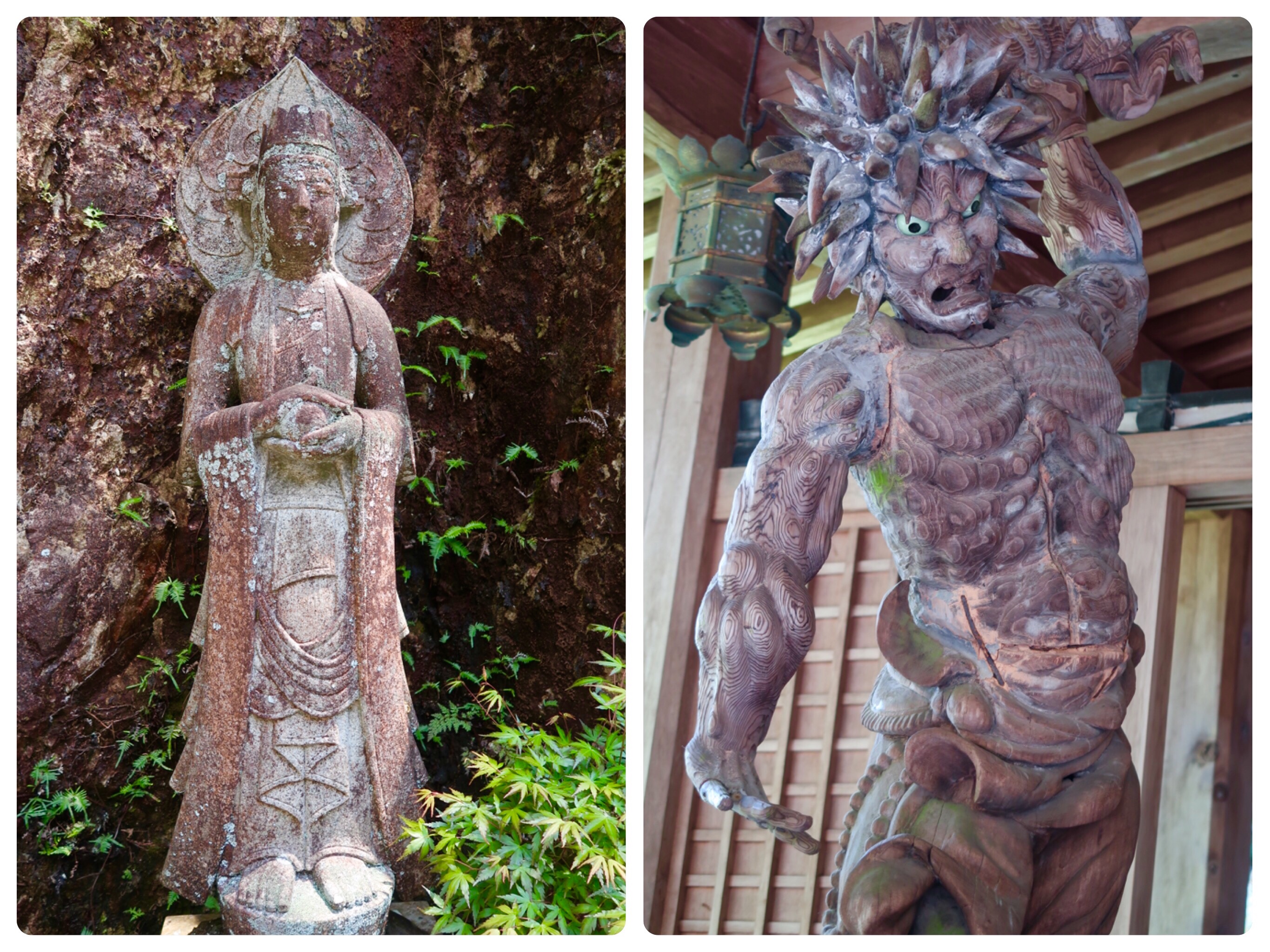
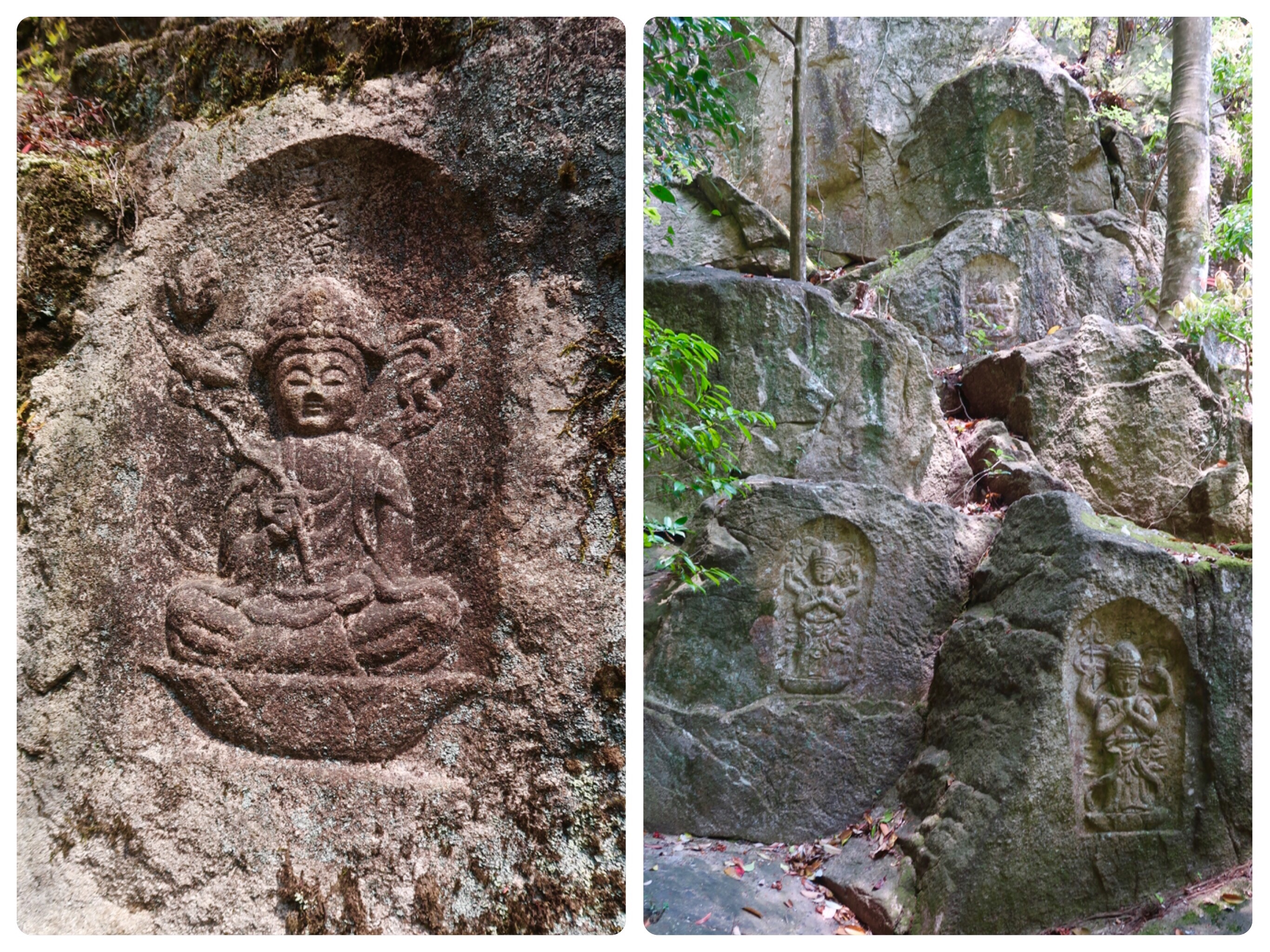



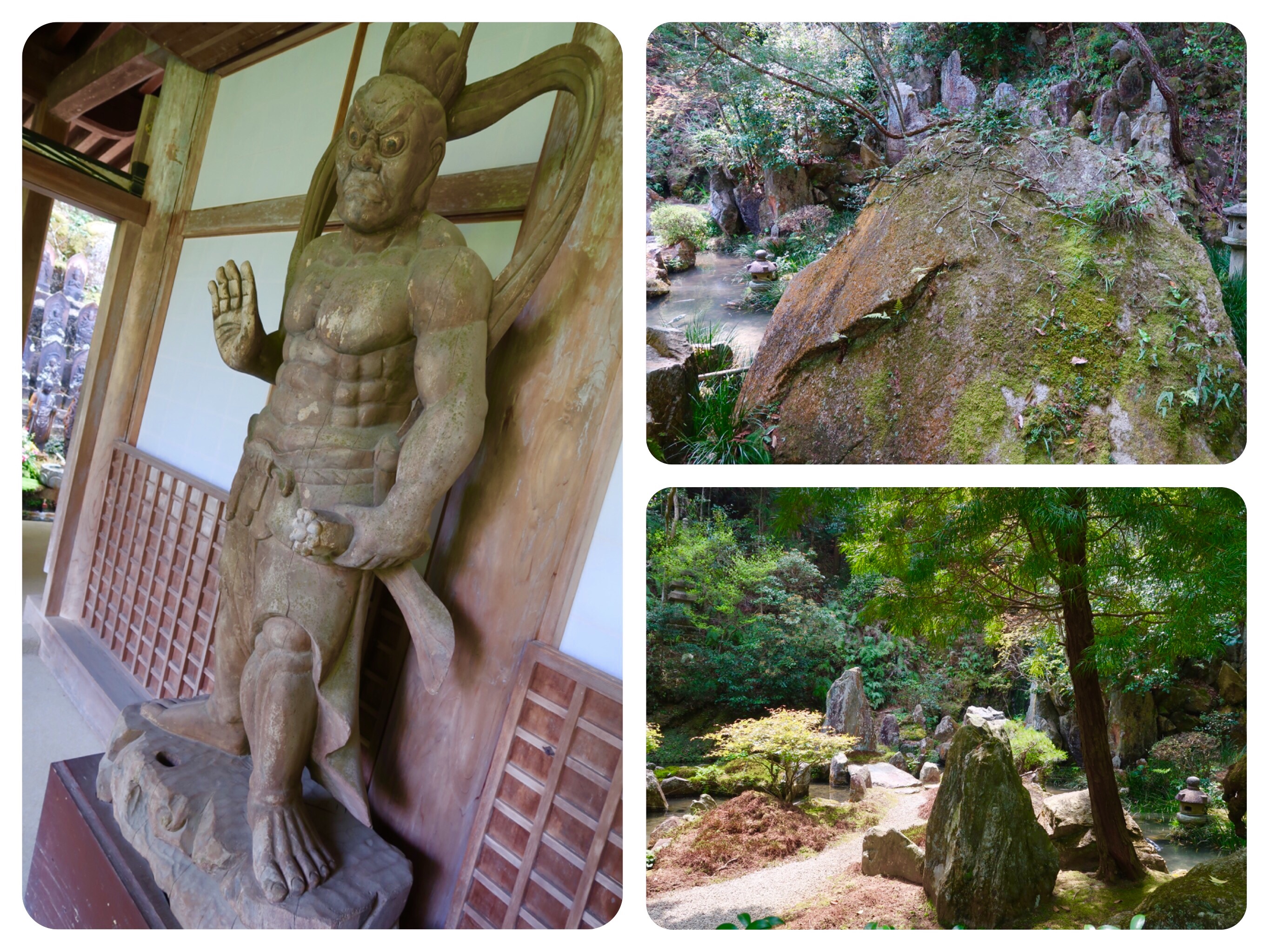
















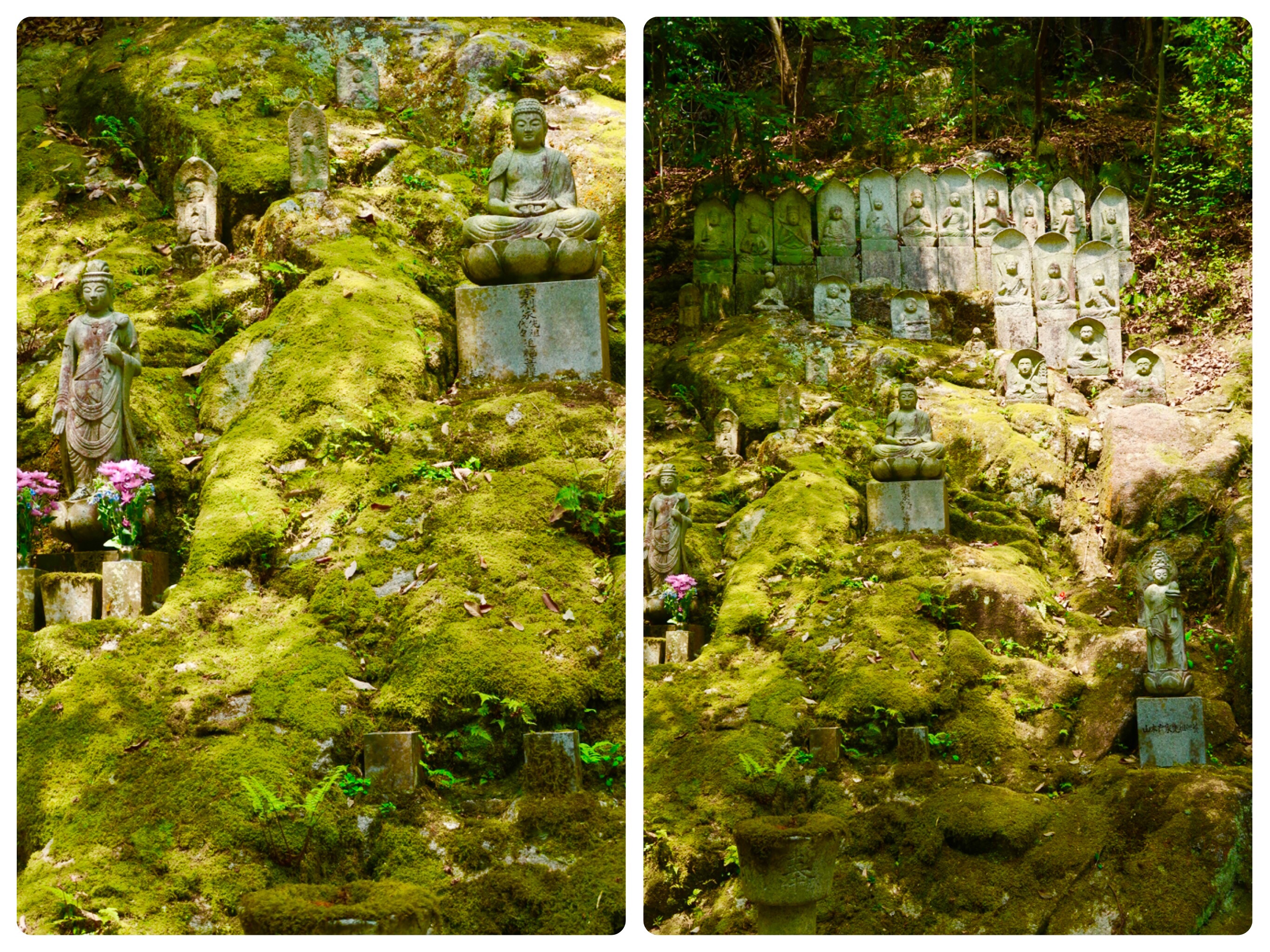

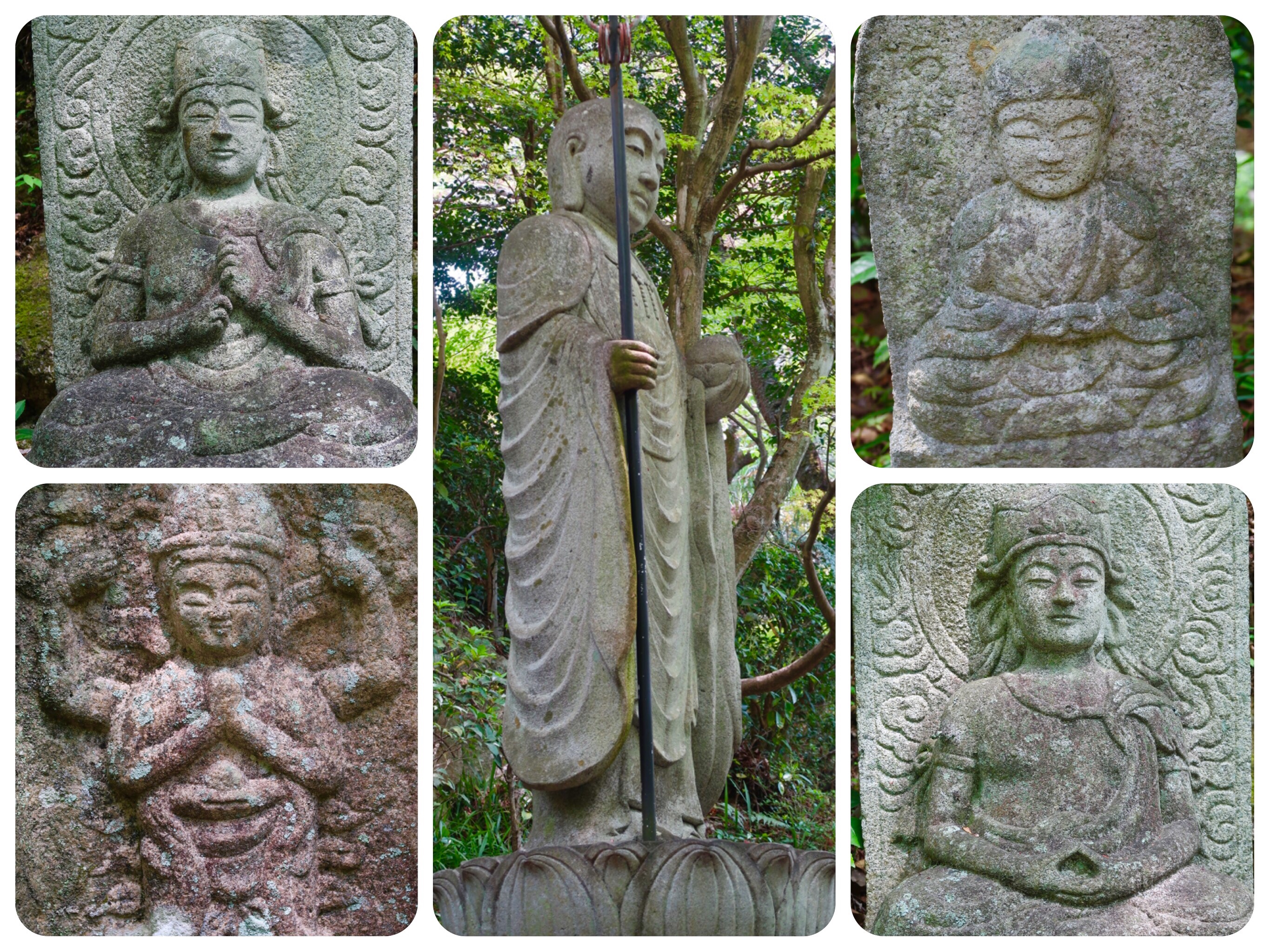



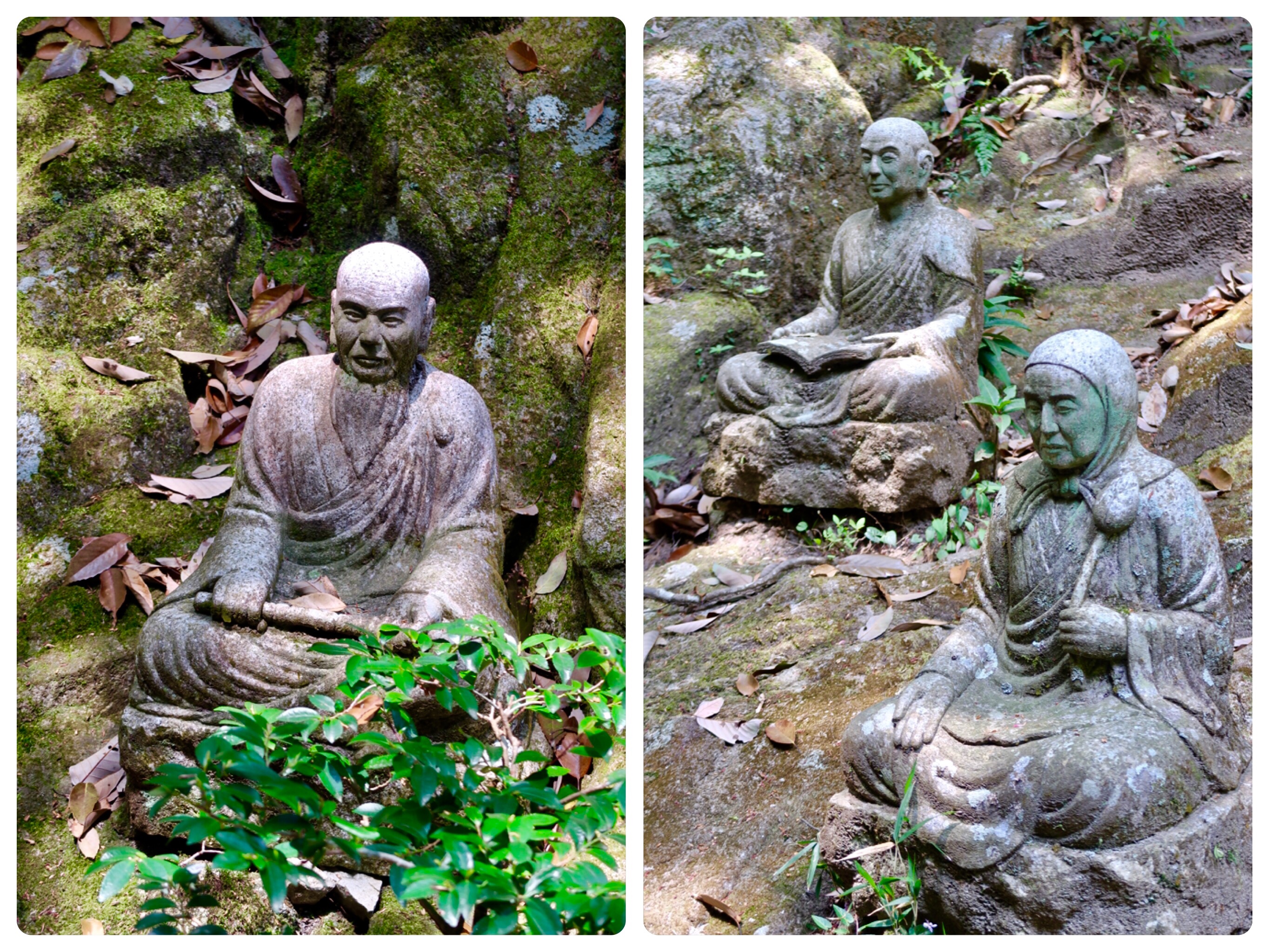

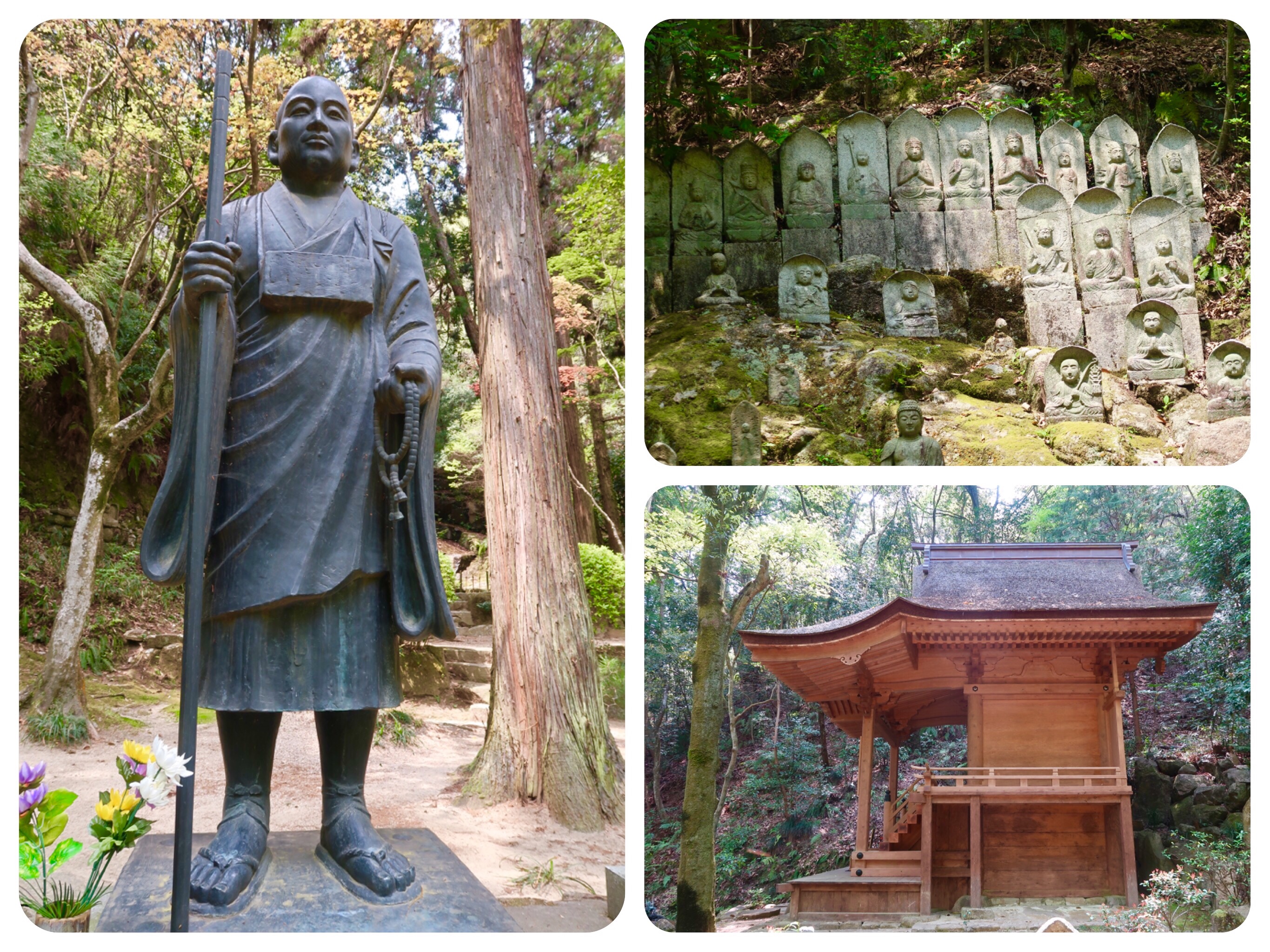


Day 14 - The Chūgoku 33 Temple Kannon Pilgrimage, Japan - Mitaki-Dera Temple In Hiroshima
We have a limited amount of time to see the sights in Hiroshima.
But because we are walking everywhere, we did pass by the major historical sites in town.
In many places we saw the way buildings used to look before the atomic bomb was dropped on Hiroshima.
There are many bridges crossing the rivers and bays in Hiroshima.
They say that after the bomb was dropped, the river was full of dead bodies.
Today there are memorial peace parks where the atom bomb was dropped.
Hiroshima this week is hosting the Roller Freestyle World Cup, and
FISE, the World Series of Skateboarding competition.
The city is packed with young people from all over the world who have come to compete or support.
But Hiroshima is a big city which can absorb a lot of crowds.
Once completely demolished, the city does not have many ancient temples.
Mitakidera Temple is located on Mitaki-Yama, on the northwestern side of Hiroshima.
It overlooks a Delta with seven rivers.
It was badly damaged by the atomic bomb, but several ancient buildings actually remained standing.
It is one of the very few of Hiroshima’s temples that has been rebuilt.
It is a beautiful mountain temple.
It was a short five Kilometer walk to get there from the center of the city, and then a steep climb up the mountain, and an even steeper climb up the stone steps to the Hondo, or the Main hall.
We did not expect such a serene and stunning temple in Hiroshima.
Somehow, I was imagining it would be a city temple.
But it was a heavenly place full of old trees, stunning wooden and stone sculptures and statuary, a thick forest, huge boulders and beautiful waterfalls.
Mitaki-dera was founded in 809.
It is the 13th temple of the Chugoku 33 Kannon Pilgrimage.
There are three waterfalls cascading from the mountain, and the water is pure and clear.
The rocks are carved with multiple images of the Goddess Kannon, and the green shade of the moss covering the statues and the red tones of the rocks, shine in deep hues.
The Tahōtō (A Japanese style pagoda) standing above the entrance, was originally located in a Shrine in Wakayama Prefecture.
It was relocated to this temple for the memorial services for the atomic bomb victims.
There is a precious wooden seated statue of Amida Nyorai inside the Tahōtō.
Although it is located not far from the city, it is a world away from the modern world.
If you walk up the path and listen to the birds and the water gurgling, it will transport you beyond time and space.
It reminded me of “Pure Land Paradise,” a Buddha-like world, a sacred place of peace, and a resting place for the heart.
Hundreds of years ago, Buddhist monks used to go down to these waterfalls, and into the forest to meditate in the rock caves.
They set up a number of pagodas in which they lived in retreat.
Even today, the place felt timeless.
A friendly lady stamped our scroll and pilgrims’ book, and we admired the expressive carved wooden guardians in the main hall.
We climbed down the mountain and back into modern Hiroshima, full of tourists, luxury shops, shopping malls, trains and covered streets.
We did not walk very long, but my feet and knee were throbbing and in pain.
It was time for lunch and some rest.
At least Jules is doing excellently.
The first floor of the Hiroshima station has a large selection of Okonomiyaki restaurants.
Some say that these little counter eateries are a great place to try the unique Hiroshima-style Okonomiyaki.
Okonomiyaki is a much loved Japanese dish.
An Okonomiyaki is a dish of cut fresh cabbage and bean sprouts, mixed with a small amount of a batter made from yam flour and egg, cooked on a hot griddle and topped with a variety of toppings.
Many family restaurants offer a hot griddle at the table, and we saw many families cooking it exactly how they like it.
The Okonomiyaki style varies from place to place in Japan.
In the place we chose to try, they had no batter, but placed the cabbage and bean sprouts on a wafer thin wrap and then added the toppings.
Like all Okonomiyaki, it was finished with an Okonomiyaki sauce and sprinkled with powdered green nori seaweed.
But perhaps the best news of the day, was that the lovely lady in the front of our hotel, the fabulous Candeo Hotel in Hiroshima, agreed to keep a bag for us until we will finish walking the pilgrimage.
We took our time and scrutinized each and every item in our backpacks.
We went down to only two sets of clothing, packed away all the gifts we were given, all the extras we have been carrying, and almost tearfully thanked them for storing our small bag.
We were surprised to see how heavy the little bag we left behind was.
Both of us felt liberated by unloading the extra baggage.
Ahead of us, we have really high mountains to climb and LONG days of walking.
I was SO relieved by their kindness.
I was really worried about my knee condition and pain in my feet and legs.
I had problems walking up to the toilet on the third floor of Starbucks, and that was without carrying any bag,.....how could I climb the many tall mountains ahead of us, with a heavy backpack...
Now our backpacks are much lighter, and I will work on healing my knee and legs.
I have another night in the Candeo hotel in Hiroshima to soak in the hot baths and rest.
With love and endless blessings,
Tali
Daily Stats:
Steps: 18,375 steps
Distance Walked: 14 Kilometers
Active Walking: 3.5 hours
Total Time: 4.5 hours
Total distance walked on the pilgrimage so far: 288 Kilometers
Temples Visited: Temple #13 Mitakidera Temple 三瀧寺 in Hiroshima
Accommodation: Candeo Hotel Hiroshima.
A new hotel with great roof top indoor and outdoor hot baths, new rooms, laundry machines and a very good breakfast.
This is a fast growing chain, with hotels located in many of the larger cities in Japan.